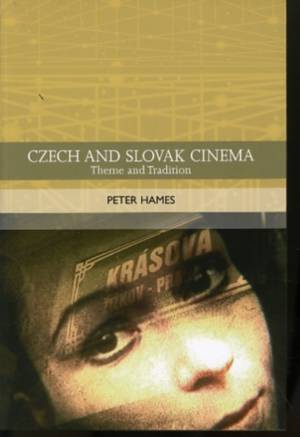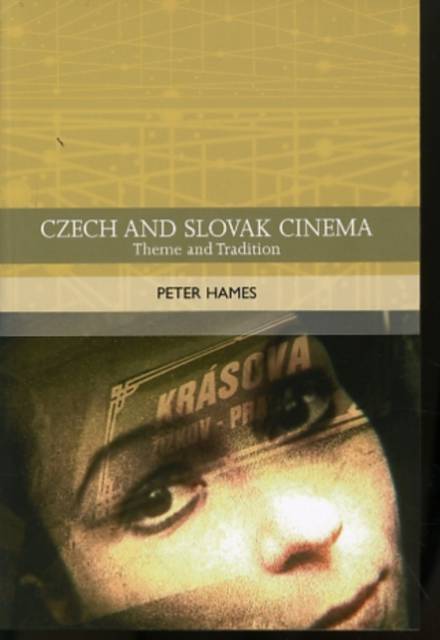
- Afhalen na 1 uur in een winkel met voorraad
- Gratis thuislevering in België vanaf € 30
- Ruim aanbod met 7 miljoen producten
- Afhalen na 1 uur in een winkel met voorraad
- Gratis thuislevering in België vanaf € 30
- Ruim aanbod met 7 miljoen producten
Zoeken
Omschrijving
This book is the first study in English to examine some of the key themes and traditions of Czech and Slovak cinema, linking inter-war and post-war cinemas together with developments in the post-Communist period. It examines links between theme, genre, and visual style, and looks at the ways in which a range of styles and traditions has extended across different historical periods and political regimes. Czech and Slovak Cinema provides a unique study of areas of Central European film history that have not previously been examined in English. Key Features*An overview of the development of the Czech and Slovak industries in the pre-war and post-war periods and their adaptation to privatisation in the 1990s.*A consideration of some of the key stylistic and thematic tendencies, focussing on comedy and lyricism, which are characteristics of all periods.*An examination of the political role of film, with particular emphasis on the period of the Prague Spring.*The continuing influence of the Surrealist tradition in the feature film and on the living tradition of the animated film, with particular reference to puppetry.*An analysis of representations of the Holocaust in films produced during the Communist period and more recently.*A consideration of the defining characteristics of Slovak cinema.The book will be of value to students within the field of Film and Media Studies as well as the general market, together with specialist chapters of interest to other disciplines.
Specificaties
Betrokkenen
- Auteur(s):
- Uitgeverij:
Inhoud
- Aantal bladzijden:
- 272
- Taal:
- Engels
- Reeks:
Eigenschappen
- Productcode (EAN):
- 9780748620821
- Verschijningsdatum:
- 9/08/2010
- Uitvoering:
- Paperback
- Formaat:
- Trade paperback (VS)
- Afmetingen:
- 155 mm x 231 mm
- Gewicht:
- 408 g

Alleen bij Standaard Boekhandel
+ 128 punten op je klantenkaart van Standaard Boekhandel
Beoordelingen
We publiceren alleen reviews die voldoen aan de voorwaarden voor reviews. Bekijk onze voorwaarden voor reviews.











